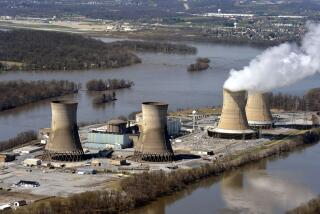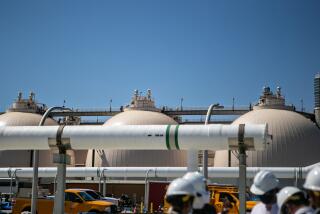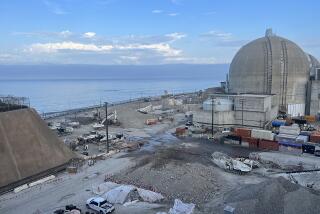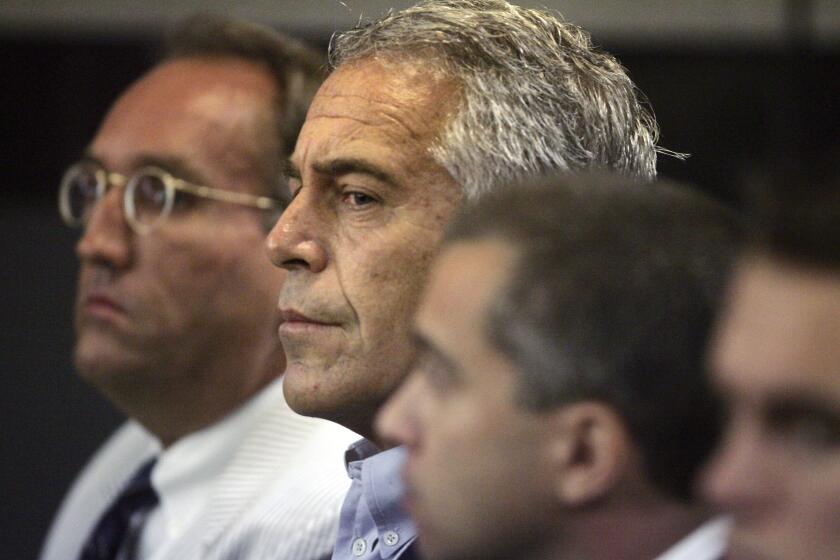Nuclear waste dump may reopen in 2016, two years after accidents
- Share via
The Energy Department says it hopes to resume operations at its shuttered nuclear waste dump in New Mexico by early 2016, roughly two years after two serious accidents released radioactive materials and soot throughout the 2,150-foot-deep repository.
The cost of accidents will approach $1 billion, based on estimates that are contained in the agency’s 32-page plan, released Tuesday.
Repairs to damaged equipment and the establishment of new procedures will cost about $242 million, the agency said. Restoring full operations will cost an additional $309 million. Those expenses are mostly in addition to the roughly $400 million the agency will spend on personnel and other operations as part of its regular budget, even though the dump, known as the Waste Isolation Pilot Plant, or WIPP, is not operating.
The report suggested that even when the plant reopens, it will not be operating at full scale for some time. Because of the closure, waste shipments have built up at nuclear weapons facilities and cleanup sites across the nation, and the cost of that is difficult to estimate.
WIPP is the nation’s only dump for waste from the nuclear weapons program. When open, it receives thousands of shipments each year of low- to medium-level radioactive materials laced with plutonium and other artificial elements. It had operated successfully for 15 years until the accidents.
In February, a waste drum at the facility spontaneously burst open, spewing white foam laced with plutonium that went airborne and traveled up a ventilation shaft. At least 21 workers received minor doses of radiation. Only days earlier, a truck caught fire in the mine and burned for hours until it was extinguished. That caused serious damage to the large hoist that lowers radioactive wastes underground.
The report also lays out some of the serious risks that the Energy Department faces in trying to restart operations, citing 11 risks and assumptions. They include the assumption that the ceiling will not cave in after many months of deferred maintenance. The risks include that the electrical system is more badly damaged than realized, that the damaged ventilation system cannot provide adequate air for repair crews and that a vertical ventilation shaft to the surface can operate without decontamination.
Another key risk cited in the report is that scientists will be unable to figure out what caused the drum to burst. So far, they have been unable to replicate the chemical reactions that caused the eruption in the drum, which was packaged at the Los Alamos National Laboratory in New Mexico.
More to Read
Sign up for Essential California
The most important California stories and recommendations in your inbox every morning.
You may occasionally receive promotional content from the Los Angeles Times.














